10 Movies Based on True Stories That Get the Facts (Mostly) Right
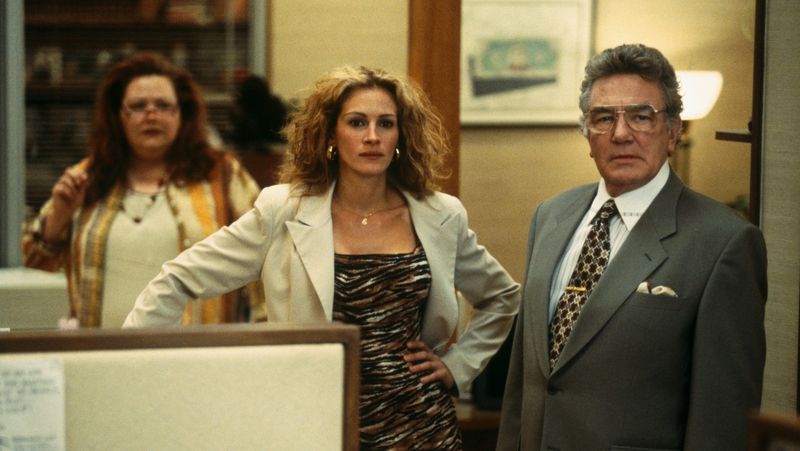
Some movies based on true events take generous creative liberties, while others go to painstaking lengths to honor the real story. The latter stand out not just as great cinema, but as compelling historical documents in their own right. These films don’t just entertain—they inform, enlighten, and in some cases, help preserve truth for future generations.
1. Schindler’s List (1993)

Oskar Schindler’s transformation from profit-seeking businessman to selfless hero is portrayed with haunting clarity in Schindler’s List. The film tells the story of how he saved over a thousand Jews during the Holocaust by employing them in his factories.
Director Steven Spielberg made authenticity a top priority. He filmed in actual locations, including the Auschwitz gates, and used real testimonies from Holocaust survivors. The black-and-white cinematography adds to the historical realism, making the events feel both immediate and timeless. It’s often hailed as one of the most accurate depictions of World War II atrocities.
2. Apollo 13 (1995)
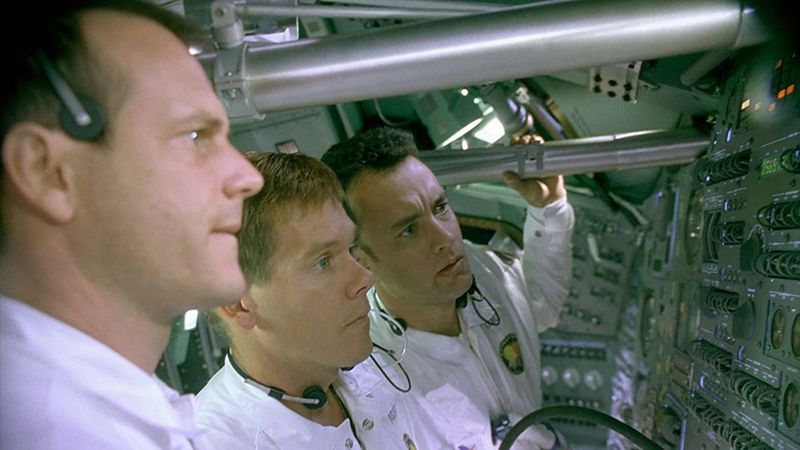
The suspense and drama of NASA’s 1970 near-disaster mission are captured with gripping realism in Apollo 13. The film shows how astronauts Jim Lovell, Fred Haise, and Jack Swigert fought to survive after their spacecraft suffered catastrophic damage.
Director Ron Howard worked closely with NASA, using actual mission recordings and flight data to build an accurate timeline. The sets included real spacecraft interiors, and actors trained in NASA simulators. This attention to detail not only earned praise from scientists and astronauts but also turned a technical story into a universally understood tale of resilience.
3. 12 Years a Slave (2013)
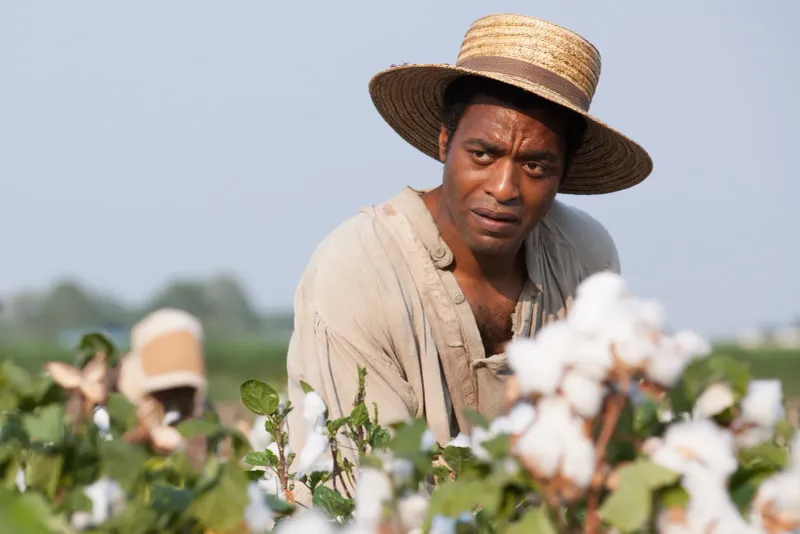
Solomon Northup’s harrowing account of being kidnapped and sold into slavery is brought to life with devastating realism. A free Black man from New York, Northup endured twelve years of forced labor in the antebellum South.
The film is based directly on Northup’s 1853 memoir, which was used as a guide for much of the dialogue and set design. Director Steve McQueen consulted historians and primary sources to ensure that every scene, costume, and interaction reflected the brutality and injustice of the era. The result is a painfully honest portrait of a dark chapter in American history.
4. Spotlight (2015)
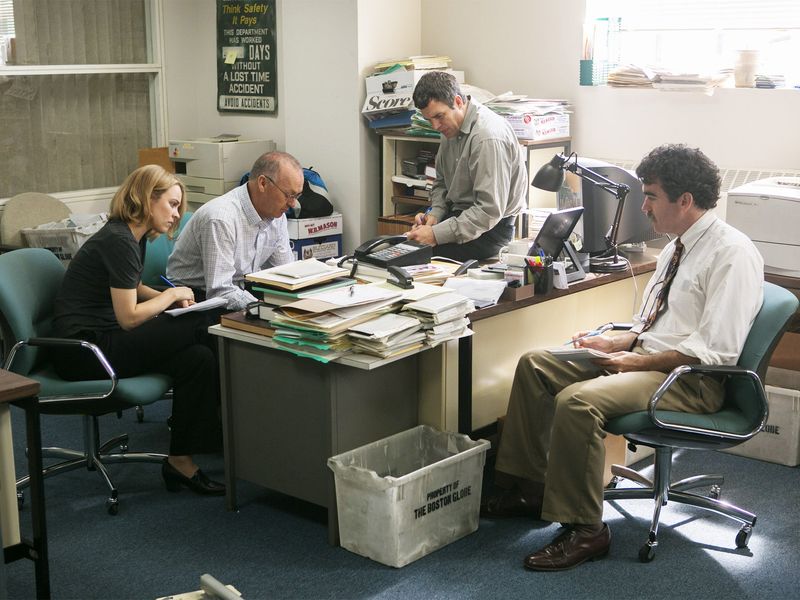
Uncovering systemic abuse within the Catholic Church, Spotlight follows the Boston Globe’s investigative journalism team as they chase one of the most explosive stories in modern history. The film chronicles the meticulous reporting process behind the 2002 scandal.
To ensure accuracy, the filmmakers interviewed the real journalists involved and even brought them on set. Dialogue often mirrors real interviews, and events unfold in the same order as they did in real life. By prioritizing truth over dramatization, Spotlight preserves the integrity of the story it tells—one that changed the world and journalism forever.
5. United 93 (2006)
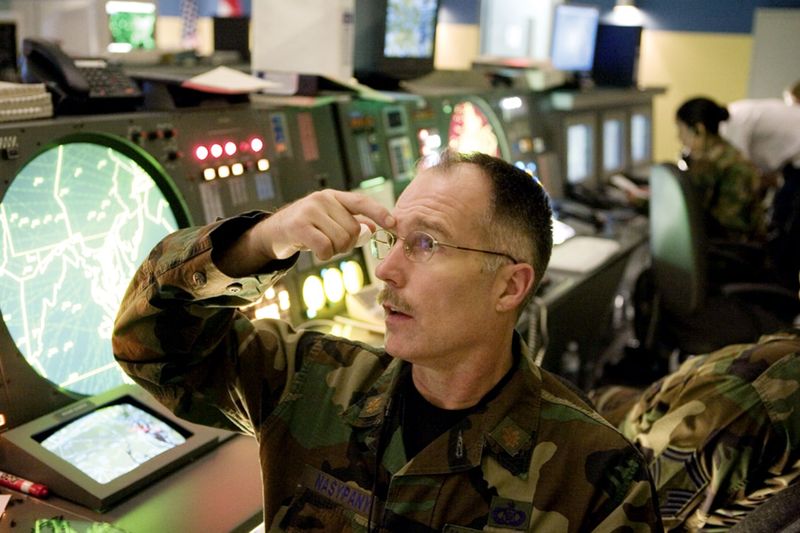
Few films approach the sensitive subject of 9/11 with the respect and precision of United 93. This tense drama focuses on the passengers of the hijacked United Airlines flight who fought back against terrorists.
Director Paul Greengrass used real-time sequences and minimal cuts to recreate the experience authentically. He worked with families of the victims and consulted flight recordings and government reports. The film avoids sensationalism, instead opting for a documentary-like feel that honors the passengers’ bravery while maintaining strict adherence to what is known about that tragic day.
6. The Pianist (2002)

Władysław Szpilman’s survival in Nazi-occupied Warsaw is the heart of The Pianist, a film that doesn’t shy away from the horrors of war. A celebrated Polish-Jewish pianist, Szpilman witnessed the systematic destruction of his community while clinging to life.
Roman Polanski, a Holocaust survivor himself, infused the film with raw authenticity. Much of the story is based on Szpilman’s own memoir, and several scenes were filmed on the actual streets where events occurred. With its minimal music and unflinching camera, the film paints a grim but accurate picture of a city under siege and a man lost in it.
7. The Social Network (2010)
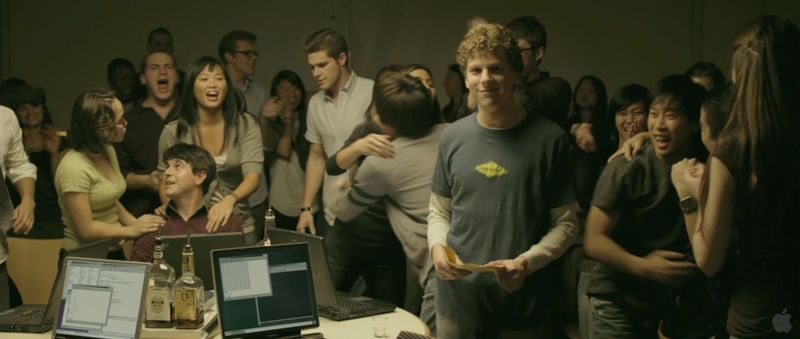
Facebook’s rise from a dorm-room project to global phenomenon is dramatized in The Social Network. While stylized and fast-paced, it sticks remarkably close to real events, particularly the legal battles that followed.
Aaron Sorkin’s screenplay draws heavily from court documents and depositions, giving the film a grounded sense of realism despite its witty dialogue and dramatic tension. Though some emotional dynamics are speculative, the core timeline and major events remain intact. Mark Zuckerberg and others have acknowledged its accuracy—even if they don’t always agree with how they’re portrayed.
8. Erin Brockovich (2000)
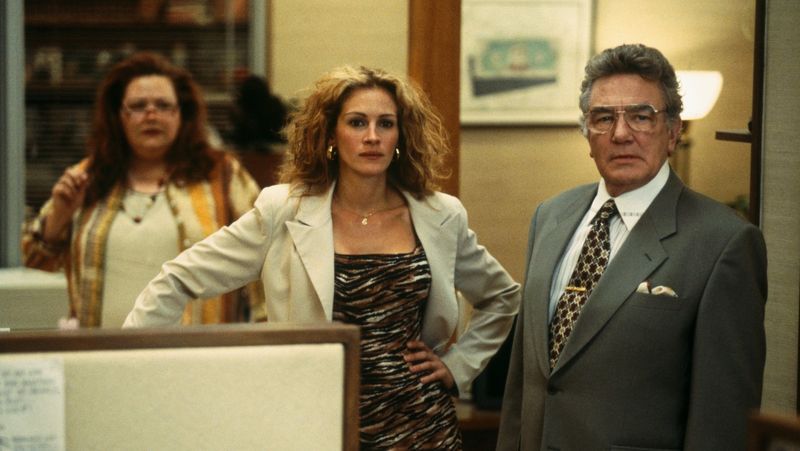
In her fight against corporate pollution, Erin Brockovich took on Pacific Gas & Electric and helped win a landmark settlement for contaminated water victims in Hinkley, California. Erin Brockovich recounts this David vs. Goliath battle in vivid detail.
Julia Roberts plays the real-life legal assistant with unfiltered charisma, but the heart of the film lies in its factual backbone. Many courtroom scenes and discoveries are drawn directly from real legal documents. Erin Brockovich herself was involved in the production, helping to shape a narrative that remains largely true to the actual case.
9. Hotel Rwanda (2004)
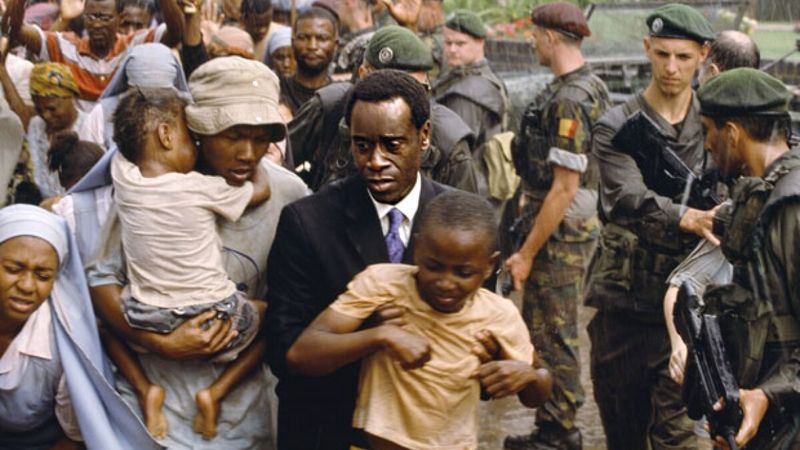
During the 1994 Rwandan genocide, hotel manager Paul Rusesabagina sheltered over 1,200 refugees inside the Hôtel des Mille Collines. Hotel Rwanda captures his quiet heroism amid unimaginable violence.
Much of the screenplay is based on firsthand accounts and survivor interviews. The film was shot on location in Africa, lending additional realism to its portrayal of a brutal conflict. While some timeline compression occurs, the emotional truth and many factual details remain intact. It’s a gripping reminder of how one person’s courage can make a world of difference.
10. Argo (2012)
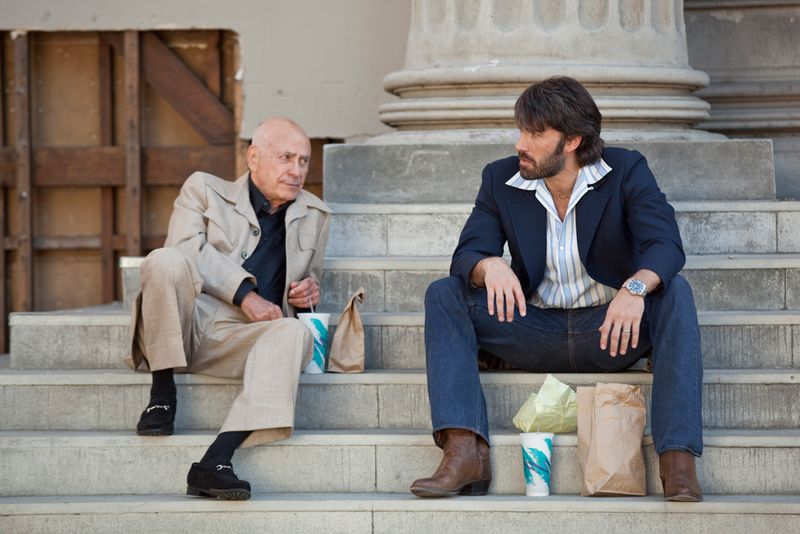
A fake Hollywood movie served as the cover for a top-secret CIA mission to rescue American hostages during the Iran crisis of 1979. Argo tells this unbelievable but true story with flair and historical accuracy.
Although the ending was dramatized for suspense, the majority of the operation—including the idea of the fake sci-fi film—comes from declassified CIA documents. The agency’s real-life agent, Tony Mendez, was consulted on the script, and key figures in the rescue mission confirmed many of the film’s most dramatic beats. It’s a rare case of truth being just as wild as fiction.

Comments
Loading…